 Career transitions bring career challenges as well as career opportunities. Here are some.
Career transitions bring career challenges as well as career opportunities. Here are some.
- “I’ve started a new job in a company that’s so different from the one I came from. I feel it might be a mistake.”
- “I’ve been promoted from supervisor to project manager, and I’m struggling to know what to focus on.”
- “I’ve moved from an operating role to a regional HR position and feel like I’m wading in quicksand.”
Michael Watkins, author of The First 90 Days”, presents 5 types of challenges that professionals and leaders can face during their career.
1. The promotion challenge: Moving to a higher level in the hierarchy and understanding what success looks like at the new level, including issues of focus, delegation, credibility and leadership.
2. The leading-former-peers challenge: Managing a team of former peers with the inevitable dilemma of establishing authority and altering existing relationships.
3. The diplomacy challenge: Moving from a position of authority to one in which influencing others and building alliances is critical.
4. The on-boarding challenge: Joining a new organization and needing to quickly understand and adapt to a new culture, new people and a new political arena.
5. The international move challenge: Leading in an unfamiliar culture while at the same time moving one’s family and creating a new support system.
What does it take to succeed in each of these career challenges?
1. Increase self-awareness.
It’s imperative you understand your response to challenging siituations. How do you deal with stress? How do you learn in novel situations? How do you prefer to make decisions? Leadership and personality style assessments can help you gain insight and direction.
2. Embrace change.
What it takes to succeed in any new situation is a matter of learning new ways of working and, most importantly, letting go of old ones — even if they’ve driven your career success up until now.
3. Leverage networks.
In every career move, you need both knowledgeable insiders and impartial outsiders to provide you with realistic feedback and political advice.
Are you prepared?
What career challenges are you dealing with? Is it one of the five above or some other challenge? To better cope with career challenges during your entire professional life, you will always need to increase self awareness, embrace, rather than, resist change and continually build and leverage networks.
Do you want to develop Career Smarts?
- For more resources, see the Library topic Career Management.
- Start with the Career Success System.
- Sign up for Career Power: 101 success tips.
- Fast track your career. Be part of a Success Team.
- Need a speaker? Get the Edge Keynotes-webinars-workshops.
- Find career and leadership boosters in the Smart Moves Blog.
- Copyright © 2010 Marcia Zidle career and leadership coach.


